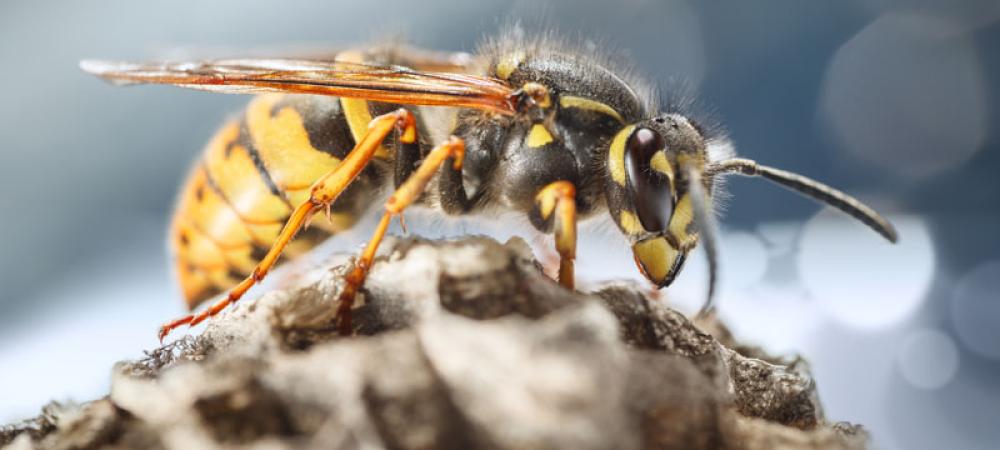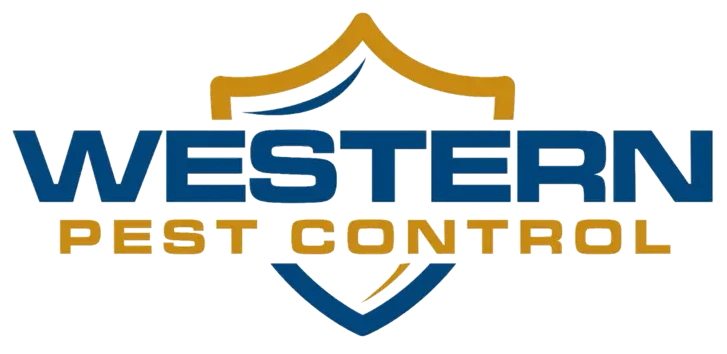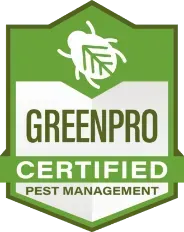Safe Wasp Nest Removal Tips for Utah Residents

Table of Contents
Utah’s warm summers make it prime season for wasp activity. Wasps are beneficial to the ecosystem—but dangerous when they nest too close to humans. Attempting to remove a nest without proper safety precautions can result in painful stings or even severe allergic reactions.
Common Wasps Found in Utah
Understanding which wasps you're dealing with can guide how you approach the situation. Different species build different types of nests and exhibit varying levels of aggression.
Paper Wasps
- Build umbrella-shaped nests under eaves, railings, and decks
- Less aggressive but will sting when threatened
Yellowjackets
- Very aggressive
- Build nests underground, in wall voids, or attics
- Often confused with bees
Bald-faced Hornets
- Large, aerial nests found in trees or on buildings
- Extremely territorial and aggressive
How to Safely Remove a Wasp Nest
Assess the Risk
Before doing anything, take a moment to evaluate your situation. Consider these risk factors before deciding if DIY removal is worth the potential danger:
- Identify the species
- Determine nest size and location
- Note foot traffic near the nest
Wear Full Protective Gear
Protection is essential. Wasps can become aggressive quickly if disturbed, so dress appropriately to minimize the risk of being stung:
- Long sleeves and pants
- Thick gloves
- Closed-toe shoes
- Face shield or beekeeper-style hat
Choose the Right Time
Wasps are less active when it's cooler outside. Plan to approach the nest during these times to reduce the chance of a swarm:
- Nighttime
- Early morning
Use a Long-Range Wasp Spray
You’ll need the right tools for the job. Select a commercial wasp spray labeled for distance and effectiveness. Once ready:
- Pick a spray with at least a 10-15 foot spray range
- Spray directly into the entrance hole
- Retreat immediately after spraying
Repeat treatment after 24 hours if needed. Never attempt to knock the nest down while wasps are still active.
Dispose of the Nest Safely
After confirming no more activity, it’s time to dispose of the nest. Do so carefully and quickly:
- Knock the nest down with a broom or pole
- Bag and seal it immediately
- Dispose in an outdoor trash can
When to Call a Utah Pest Control Expert
Some situations are just too risky for DIY removal. If you’re dealing with:
- A nest in a wall void or attic
- A nest larger than a baseball
- Hard-to-access locations
- A known sting allergy
Call a licensed pest control provider like Western Pest Control who can remove the nest professionally and safely. Our service includes full inspection, safe removal or relocation, and preventive treatments and more advice!
Preventing Future Nesting
Keeping wasps from returning is just as important as getting rid of them in the first place. Here are some proactive steps you can take to prevent future issues:
- Seal cracks in siding and roof lines
- Install fine mesh over attic vents
- Keep food and sugary drinks covered outdoors
- Use decoy wasp nests to deter new colonies
Wasp nest removal can be dangerous if not done properly. Don’t take unnecessary risks. For safe, thorough wasp control in Utah, trust licensed pest control experts who understand local species and regulations.


